Aged care manual handling training focuses on safe techniques for moving and supporting clients, reducing injury risks for both caregivers and residents while promoting dignity and comfort.

Importance of Manual Handling Training in Aged Care
Manual handling training is essential for enhancing safety, preventing injuries, and promoting quality care in aged care settings, benefiting both caregivers and clients.
Preventing Workplace Injuries
Manual handling training significantly reduces workplace injuries by teaching caregivers proper lifting techniques, ergonomics, and the use of assistive devices. Proper training minimizes strain on muscles and joints, lowering the risk of musculoskeletal disorders. Caregivers learn to assess tasks, identify hazards, and implement safe practices. Regular training updates ensure adherence to best practices, fostering a safer work environment. By prioritizing injury prevention, aged care facilities protect both staff and clients, maintaining a healthy and productive workforce. Effective training programs often include simulations and practical exercises, ensuring caregivers are well-prepared to handle manual handling tasks safely.
Ensuring Client Safety and Well-being
Manual handling training prioritizes client safety by teaching caregivers to use proper techniques and equipment during transfers and repositioning. This reduces the risk of injury to clients, ensuring their comfort and dignity. Caregivers learn to assess individual client needs, adapting their approach to suit physical limitations and medical conditions. Proper handling minimizes the risk of falls, fractures, and other injuries, promoting overall well-being. By focusing on safe, person-centered care, manual handling training enhances the quality of life for aged care residents while maintaining their independence and confidence. This approach fosters a safe and compassionate care environment, benefiting both clients and caregivers alike.
Meeting Regulatory Requirements
Aged care providers must comply with workplace health and safety standards, making manual handling training a legal necessity. These regulations aim to protect both caregivers and clients from injuries, ensuring safe practices are implemented. Training programs must adhere to national standards, covering risk assessments, proper lifting techniques, and equipment usage. Failure to meet these requirements can result in legal consequences, including fines and reputational damage. By conducting regular training sessions, aged care facilities demonstrate compliance with regulations, fostering a culture of accountability and safety. This ensures that care is delivered in accordance with legal and ethical standards, safeguarding both staff and residents.
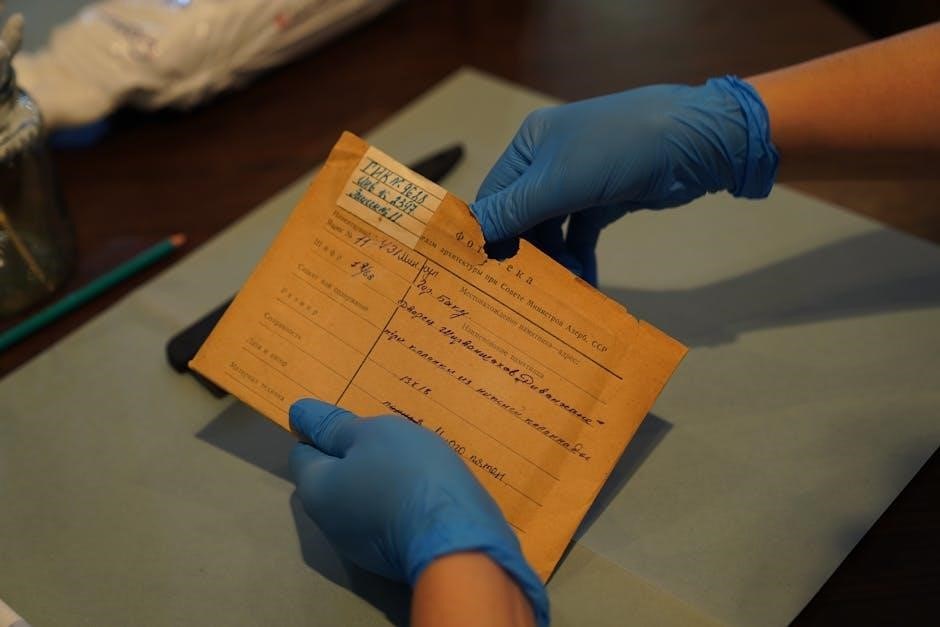
Risks Associated with Poor Manual Handling in Aged Care
Poor manual handling increases injury risks for caregivers and clients, leading to musculoskeletal disorders, client harm, and potential legal or financial consequences for facilities.
Musculoskeletal Disorders Among Caregivers
Manual handling tasks in aged care often lead to musculoskeletal disorders among caregivers, particularly back injuries from repetitive lifting and transferring of clients. These injuries can result in chronic pain, reduced mobility, and prolonged sick leave, impacting both the caregiver’s quality of life and the facility’s operations. Additionally, musculoskeletal disorders can lead to early retirement and increased workers’ compensation claims. Poor manual handling techniques, inadequate equipment, and insufficient training exacerbate these risks. Preventing such disorders requires a combination of proper training, use of assistive devices, and adherence to safe handling practices to protect caregivers and ensure sustainable workforce health.
Risk of Client Injury During Transfers
Client injury during transfers is a significant concern in aged care, often resulting from improper lifting techniques or insufficient use of assistive devices. Frail or immobile clients are at heightened risk of bruises, fractures, or other injuries if handlers lack proper training. Poor manual handling practices can also lead to accidental drops or improper positioning, causing discomfort or long-term harm. Ensuring caregivers are skilled in safe transfer methods and equipped with appropriate tools is critical to minimizing these risks and safeguarding client well-being. Proper training in manual handling techniques is essential to prevent such incidents and maintain the quality of care provided.
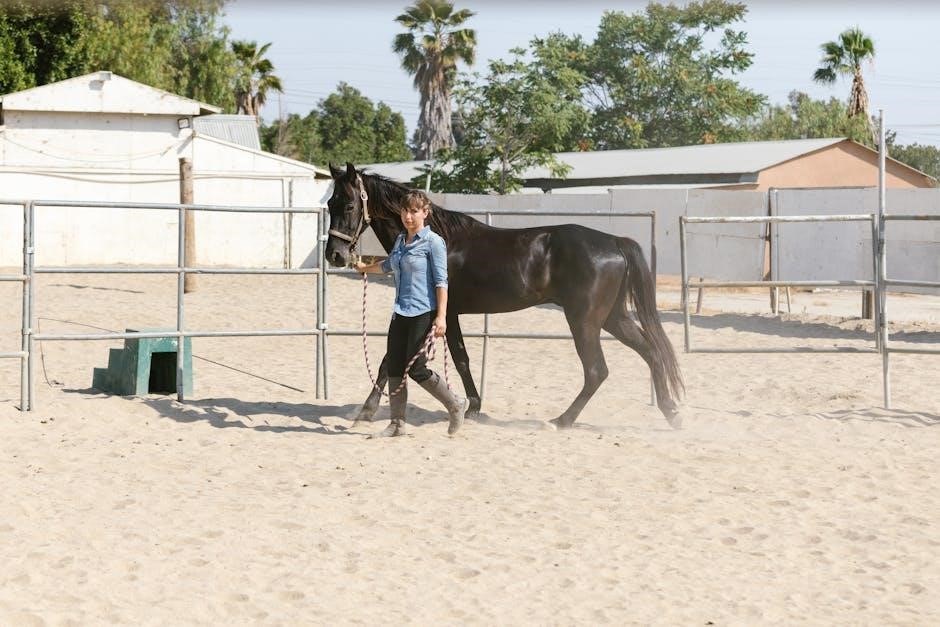
Legal and Regulatory Framework for Manual Handling in Aged Care
Aged care providers must comply with workplace health and safety legislation, ensuring safe manual handling practices to protect both staff and clients.
Workplace Health and Safety Legislation
Workplace health and safety legislation mandates aged care providers to implement safe manual handling practices to minimize risks for both caregivers and clients. These laws require employers to conduct risk assessments, provide proper training, and ensure equipment is used correctly. Non-compliance can result in penalties, emphasizing the importance of adherence. The legislation also outlines the need for regular updates to training programs, ensuring staff are informed about the latest safety protocols. By adhering to these regulations, aged care facilities can create a safer environment, reducing the likelihood of injuries and promoting overall well-being for both staff and residents.
Standards for Aged Care Providers
Aged care providers must adhere to specific standards that prioritize safe manual handling practices to ensure high-quality care. These standards, set by regulatory bodies, require providers to implement training programs that equip staff with the skills to perform manual tasks safely. The Aged Care Quality Standards, particularly Standard 3, emphasize the importance of providing care and services that meet clients’ needs, including safe manual handling. Non-compliance with these standards can result in penalties and reputational damage. Providers must ensure ongoing training and assessment to maintain compliance, fostering a culture of safety and respect for both clients and caregivers.

Components of Effective Manual Handling Training
Effective manual handling training combines theoretical knowledge, practical skills, and equipment use to ensure safe client transfers and caregiver well-being in aged care settings.
Theoretical Foundations of Manual Handling
Theoretical foundations of manual handling in aged care emphasize understanding human anatomy, ergonomics, and biomechanics to minimize strain during client transfers. Key principles include spinal alignment, body positioning, and load distribution. Caregivers learn how to assess the client’s weight, mobility, and medical conditions to determine the safest handling techniques. These theories also cover risk assessment models, such as the Person-Task-Environment model, to identify potential hazards. By mastering these concepts, caregivers can develop safe and efficient practices, reducing the risk of injury to both themselves and their clients while maintaining dignity and comfort in care delivery.
Practical Skills and Techniques
Practical skills in aged care manual handling focus on safe techniques for transferring, lifting, and repositioning clients. Caregivers learn proper body mechanics, such as bending at the knees and maintaining a neutral spine. They practice using assistive devices like slide sheets, hoists, and standing aids to minimize physical strain. Techniques include gradual transfers, pivoting, and using client-centered methods to promote independence. Training also covers how to adapt strategies for clients with varying mobility levels or medical conditions. These hands-on skills are crucial for ensuring safe and dignified care, reducing the risk of injury to both caregivers and clients while maintaining comfort and stability during transfers.
Use of Equipment in Manual Handling
The use of equipment in aged care manual handling is essential for safely transferring and repositioning clients. Common tools include hoists, slide sheets, standing aids, and transfer belts. Hoists, such as ceiling-mounted or mobile models, allow caregivers to lift clients with minimal physical effort. Slide sheets reduce friction during repositioning, preventing discomfort and injury. Standing aids, like lifters or transfer belts, assist clients with partial mobility to move safely. Proper equipment selection and maintenance are critical to ensure effectiveness and client safety. Training on equipment use is vital to maximize benefits and minimize risks, ensuring caregivers can operate devices confidently and efficiently in various care scenarios.
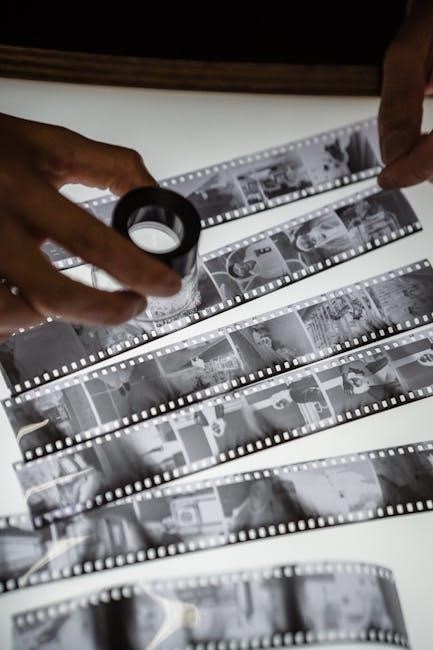
Challenges in Manual Handling Training for Aged Care Workers
Aged care workers face challenges like physical demands, emotional stress, and high staff turnover, requiring ongoing training and adaptive strategies to maintain safe and effective care.
Physical Demands of the Job
The physical demands of manual handling in aged care are significant, requiring workers to lift, transfer, and reposition clients, often with limited mobility. Repetitive tasks, such as assisting with transfers or supporting clients during daily activities, can lead to musculoskeletal injuries if proper techniques are not used. Additionally, the physical strain of handling heavier clients or those with complex care needs further exacerbates the risk. These challenges highlight the importance of proper training to mitigate fatigue and prevent long-term health issues among caregivers, ensuring they can provide safe and effective care while maintaining their own well-being.
Emotional and Psychological Aspects of Caregiving
Caregivers in aged care often face emotional and psychological challenges due to the nature of their work. Building strong bonds with clients, coupled with the emotional strain of witnessing decline or loss, can lead to compassion fatigue. The high-stress environment, combined with the responsibility of ensuring clients’ well-being, can contribute to burnout. Additionally, caregivers may experience guilt or frustration when unable to meet all client needs. These emotional demands underscore the importance of mental health support and resilience training in manual handling programs. Addressing these aspects ensures caregivers can maintain their emotional well-being while providing empathetic and person-centered care to their clients.

Best Practices for Implementing Manual Handling Training
Caregivers often experience emotional strain, compassion fatigue, and stress due to the nature of their work, requiring mental health support and resilience training in manual handling programs.
Regular Training and Updates
Regular manual handling training is essential to ensure aged care workers stay updated with best practices and industry standards. Employers should provide recurring sessions, such as quarterly refreshers, to reinforce proper techniques and address emerging challenges. These updates should include practical demonstrations and hands-on exercises to maintain proficiency. Additionally, training programs should incorporate feedback mechanisms to identify areas for improvement. Regular updates also help workers adapt to new equipment, technologies, or care methods, ensuring a safer environment for both staff and clients. Consistent training fosters a culture of safety, reducing the risk of injuries and enhancing overall care quality.
Assessment of Individual Needs
Assessing individual needs in manual handling training ensures personalized learning experiences tailored to each caregiver’s abilities and challenges. This involves evaluating physical capabilities, prior training, and specific job requirements. By identifying gaps in knowledge or skill, trainers can create targeted interventions to address weaknesses. For instance, caregivers with limited mobility may benefit from alternative techniques, while others might need refresher courses on proper lifting methods. Regular assessments also help adapt training to evolving client needs, fostering a more responsive and effective care environment. Personalized approaches enhance overall competence, leading to safer practices and improved care quality for aged care clients.
Creating a Safe and Supportive Learning Environment
Creating a safe and supportive learning environment is crucial for effective manual handling training in aged care. This involves designing a space that minimizes physical and psychological risks, fostering confidence and engagement among participants. Trainers should ensure access to appropriate equipment, adequate floor space, and realistic client simulations. Encouraging open communication and active participation helps learners feel comfortable asking questions and practicing techniques. A non-intimidating atmosphere allows caregivers to focus on mastering skills without fear of judgment. Positive reinforcement and constructive feedback further enhance the learning experience, enabling caregivers to develop competence and confidence in performing manual handling tasks safely and effectively.
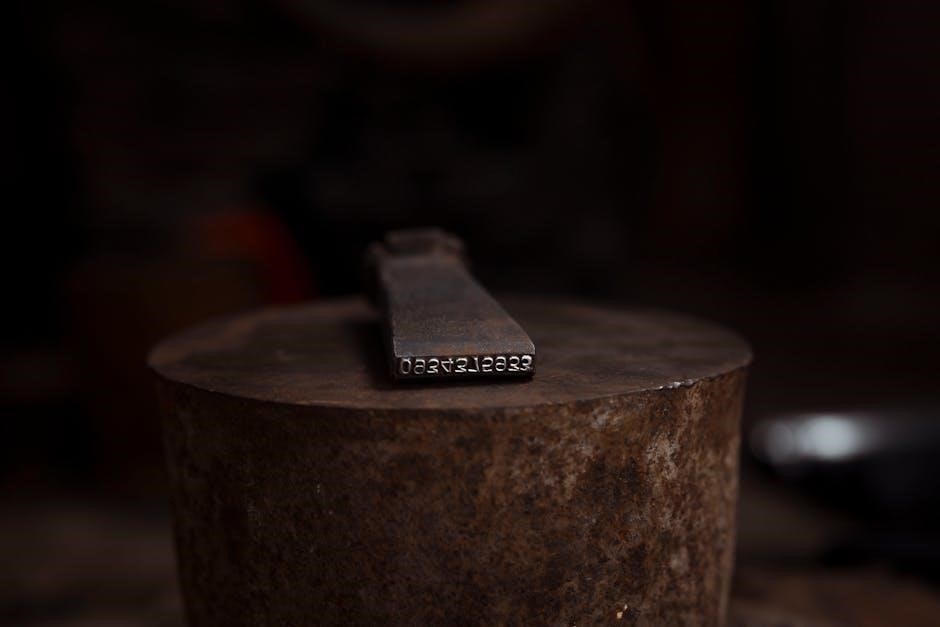
Technology and Innovation in Manual Handling Training
Technology enhances manual handling training through simulations, wearable devices, and apps, improving technique accuracy, reducing injury risks, and fostering safer care practices in aged care settings.
Simulation-Based Training Tools
Simulation-based training tools are revolutionizing manual handling training in aged care by providing realistic and immersive learning experiences. These tools allow caregivers to practice transferring, lifting, and repositioning clients in a controlled environment, reducing the risk of injury to both staff and clients; Advanced simulators mimic real-life scenarios, such as assisting clients with varying mobility levels or handling emergency situations. This hands-on approach improves technique accuracy, builds confidence, and enhances problem-solving skills. Additionally, simulations provide immediate feedback, helping trainees refine their methods and adopt safer practices. By bridging the gap between theory and practice, simulation-based tools are becoming an essential component of modern aged care training programs.
Use of Wearable Technology for Monitoring
Wearable technology is increasingly being integrated into aged care manual handling training to monitor and improve caregiver techniques. Devices such as smart sensors and wearable exoskeletons track movements, providing real-time feedback on posture, lifting techniques, and physical exertion. These tools help identify high-risk actions that could lead to injuries, enabling immediate corrections. Additionally, wearables can monitor the physical demands placed on caregivers during client transfers, offering insights to reduce strain. By collecting data on manual handling practices, wearable technology supports personalized training and enhances overall safety standards in aged care settings. This innovative approach promotes sustainable and injury-free caregiving environments for both staff and clients.
Mobile Apps for Training and Resources
Mobile apps are revolutionizing aged care manual handling training by providing accessible, on-the-go resources for caregivers. These apps offer interactive modules, step-by-step guides, and video demonstrations to reinforce proper techniques. They also include quizzes and assessments to test knowledge retention. Additionally, apps often feature customizable checklists for pre-transfer assessments and real-time monitoring tools to track progress. By enabling caregivers to access training materials anytime, mobile apps help bridge gaps in knowledge and practice, ensuring consistent and safe manual handling practices. They also serve as a valuable resource for refreshing skills and staying updated on best practices in aged care settings.

Impact of Manual Handling Training on Care Quality
Manual handling training enhances care quality by improving client mobility, reducing injuries, and boosting staff confidence, leading to safer and more compassionate care delivery in aged care settings.
Improved Client Mobility and Comfort
Manual handling training significantly enhances client mobility and comfort by ensuring caregivers use proper techniques during transfers and repositioning. This reduces the risk of injury and strain, allowing clients to maintain or improve their physical abilities. Proper handling also minimizes discomfort, promoting a higher quality of life. Caregivers learn to use assistive equipment effectively, such as hoists and slide sheets, which aid in safe and dignified client movement. Regular training ensures consistency in care delivery, fostering trust and reducing client resistance. By prioritizing client-centered techniques, manual handling training directly contributes to better physical outcomes and emotional well-being for aged care residents.
Reduced Injury Rates Among Staff
Manual handling training significantly reduces injury rates among aged care staff by equipping them with safe lifting and transferring techniques. Proper training minimizes the risk of musculoskeletal disorders, which are common in caregiving roles. By learning how to assess tasks, use assistive equipment, and maintain proper body mechanics, staff can perform their duties more safely. This leads to fewer workplace injuries, reduced sick leave, and lower workers’ compensation claims. Additionally, a safer work environment fosters a stronger safety culture, encouraging staff to prioritize their well-being and adopt best practices consistently. This, in turn, enhances overall job satisfaction and retention in the aged care sector.
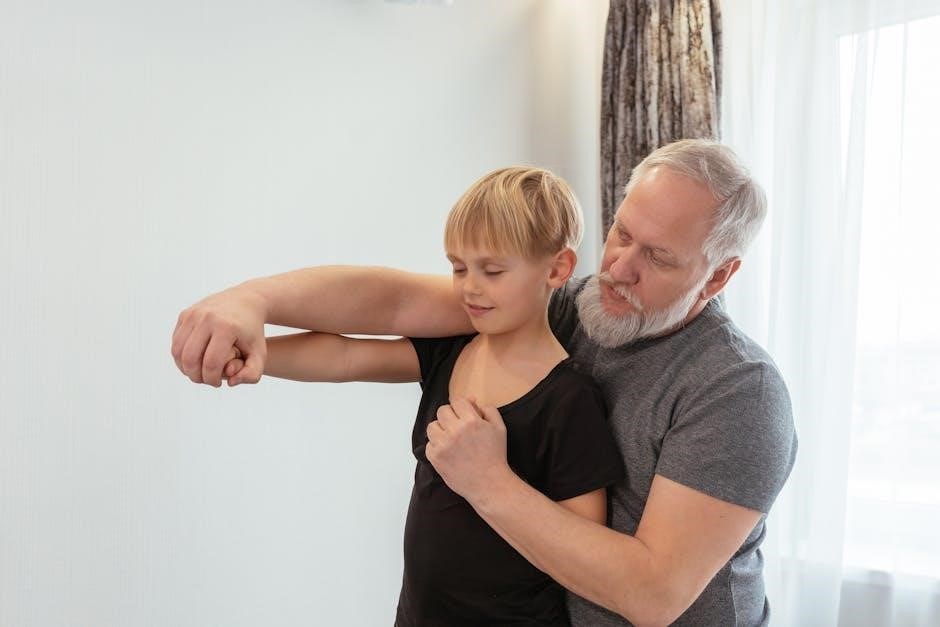
Future Directions in Aged Care Manual Handling Training
Future directions include integrating advanced technologies like virtual reality for simulation-based training and AI-driven personalized programs to enhance safety and efficiency in caregiving practices.
Advancements in Assistive Technology
Advancements in assistive technology are revolutionizing manual handling in aged care. Wearable devices, such as exoskeletons, reduce physical strain during lifting, while smart hoists and automated transfer devices enhance safety. These innovations minimize manual effort, lowering injury risks for both caregivers and clients. Additionally, sensor-embedded equipment provides real-time feedback, ensuring proper lifting techniques. Such technologies not only improve efficiency but also empower caregivers to deliver higher-quality care. As these tools become more accessible, they are expected to play a pivotal role in addressing the physical demands of aged care work, creating safer and more sustainable caregiving environments for the future.
Personalized Training Programs
Personalized training programs in aged care manual handling are tailored to individual caregiver needs, enhancing effectiveness. Assessments identify specific skills gaps, enabling targeted learning. Adaptive tools and interactive modules allow workers to progress at their own pace. This approach ensures relevance, improving competence and confidence. By focusing on individual strengths and weaknesses, training becomes more engaging and effective. Personalized programs also address diverse learning styles, fostering better retention of manual handling techniques. This tailored method promotes a culture of continuous improvement, ensuring caregivers are well-equipped to meet the unique demands of aged care. Ultimately, it enhances job performance and safety for both staff and clients.